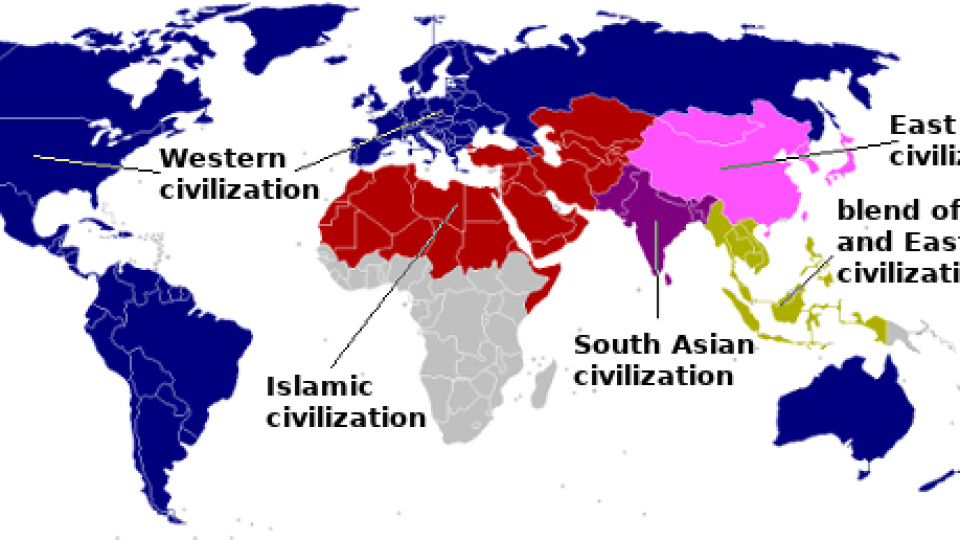Eastern and Western Civilizations, and Symbiosis with Nature, by Wanglin Yan, Nature Interface, No.01. 2013
1. Eastern and Western Civilizations and Symbiosis with Nature
A new magazine is being published in Japan with the arrival of the new century. Its name, Nature Interface, would suggest a desire to understand and interact with nature – a desire to coexist with nature.
In the history of civilizations and indeed of humankind, you will find countless examples of human beings putting nature to skillful use. Yet there is no equating of the animal instinct to survive with the intellectual activity that sustains civilization. Symbiosis with nature is finally gaining acceptance as a scientific concept, at a time when the continued existence of human society is being threatened by the serious effects of human activity on the Earth’s natural systems.
Even China, with its thousands of years of civilization, has shockingly few records of human symbiosis with the environment. The one exception is Yi Jing, parts of which touch upon the mutual interdependence of heaven, earth and humanity. Unfortunately, subsequent generations have interpreted this solely from the point of view of yin and yang as well as five elements (gold, wood, water, fire, and soil), never reaching the status of scientific theory. Fengshui, the Chinese way of understanding the harmony between artificial structures and natural elements, includes geographical features and compass direction, but its mix of taoist thought, social customs and feudalistic superstition precludes it from being a systematic view of nature…

